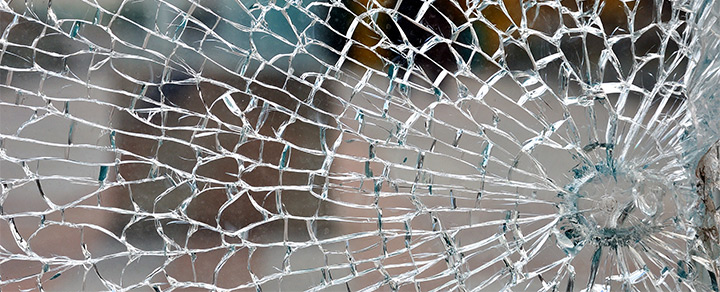There are several different types of bullet-resistant glass, so learn more and find the one out there that’s the best suited for your next building or project.
As leading manufacturers of bullet-resistant windows and bullet-resistant drawers, Creative Industries is dedicated to providing our clients with the highest level of practical protection possible. For all kinds of businesses across multiple industries, when interacting with the public, it’s important to have the right protection on hand and create the best possible environment for your employees and customers. For many businesses, however, owners and managers might not necessarily know the different kinds of bullet-resistant glass they have available. When they’re looking to create a bullet-resistant system for their business, they need to know that there are different types of bullet-resistant materials and thickness options that can work for them.
No matter the levels of protection you need to have for your business at every threat level, you’ll have some options to go through and see which works best for you. Across eight levels of protection established by laboratory UL testing, the form you’ll need to use will be different. So, what are the types of bullet-resistant glass, and what do different thicknesses mean?
The Main Types of Bullet-Resistant Glass
Acrylic
When you look at an acrylic bullet-resistant window you might think that it is actually glass, but acrylic has several key factors that make it different and stronger than a traditional glass window. To start, acrylic is hard, clear plastic and does not contain any glass in the way it is made. With acrylic being less brittle than glass, it can maintain its hardness while not being as easily shattered. Acrylic also weighs fifty percent less than glass, making it easier to install in many respects. Acrylic with a thickness over one inch is considered bullet-resistant glass, but be aware that there isn’t any actual glass in the end product that will be in your windows.
Polycarbonate
Just like acrylic, polycarbonate is also a type of plastic. This plastic is made by combining multiple layers, so the layers added together have a great amount of strength and can stop a bullet at the right thickness. Unlike acrylic, which is designed to have bullets bounce off, this layered design allows the window to absorb the force of the bullet. This can be more costly than other materials that you might use for bullet resistant windows, so it’s usually used in combination with other materials.
Glass-clad polycarbonate
This bullet-resistant material is incredibly strong, able to provide some of the highest levels of bullet resistance available. Windows made of glass-clad polycarbonate use lamination technology to create their unique strength. Layers of glass and polycarbonate are first stacked on top of each other, then these layers are heated and cooled in order to merge them all together into one piece. The end product is a transparent window that is incredibly durable and bullet resistant.
Finding the Right Thickness For Your Needs
For every different type of application business or organization does, they will need a different level of protection. Some businesses, like gas stations or retail stores, will likely only need low-level bullet-resistant glass to make sure that they stay safe. For other facilities or clients like government buildings, schools or police stations, having a higher level of glass is important. There are currently eight levels of bullet-resistant glass, with levels of protection established by Underwriters Laboratory (UL).
At level one, a plate of bullet-resistant glass should be able to withstand fire from small caliber handguns. These serve as crime deterrents in large retail areas that could be likely to attract unwanted attention to people with bad intentions. Level two bullet-resistant glass is built to stand up against large caliber handguns and is commonly used in banks and other businesses concerned about security. Level three glass is often used in larger buildings that have a higher threat level of dangerous activity, like police stations. From level four up to level eight, these types of glass are built to stand up against assault rifles and other automatic weapons. Because of the high cost and protection from these levels, they’re often used for military and government applications.
If you find the right amount of protection for your business or organization, then you’ll be able to have a safer, more secure feeling through Creative Industries.

